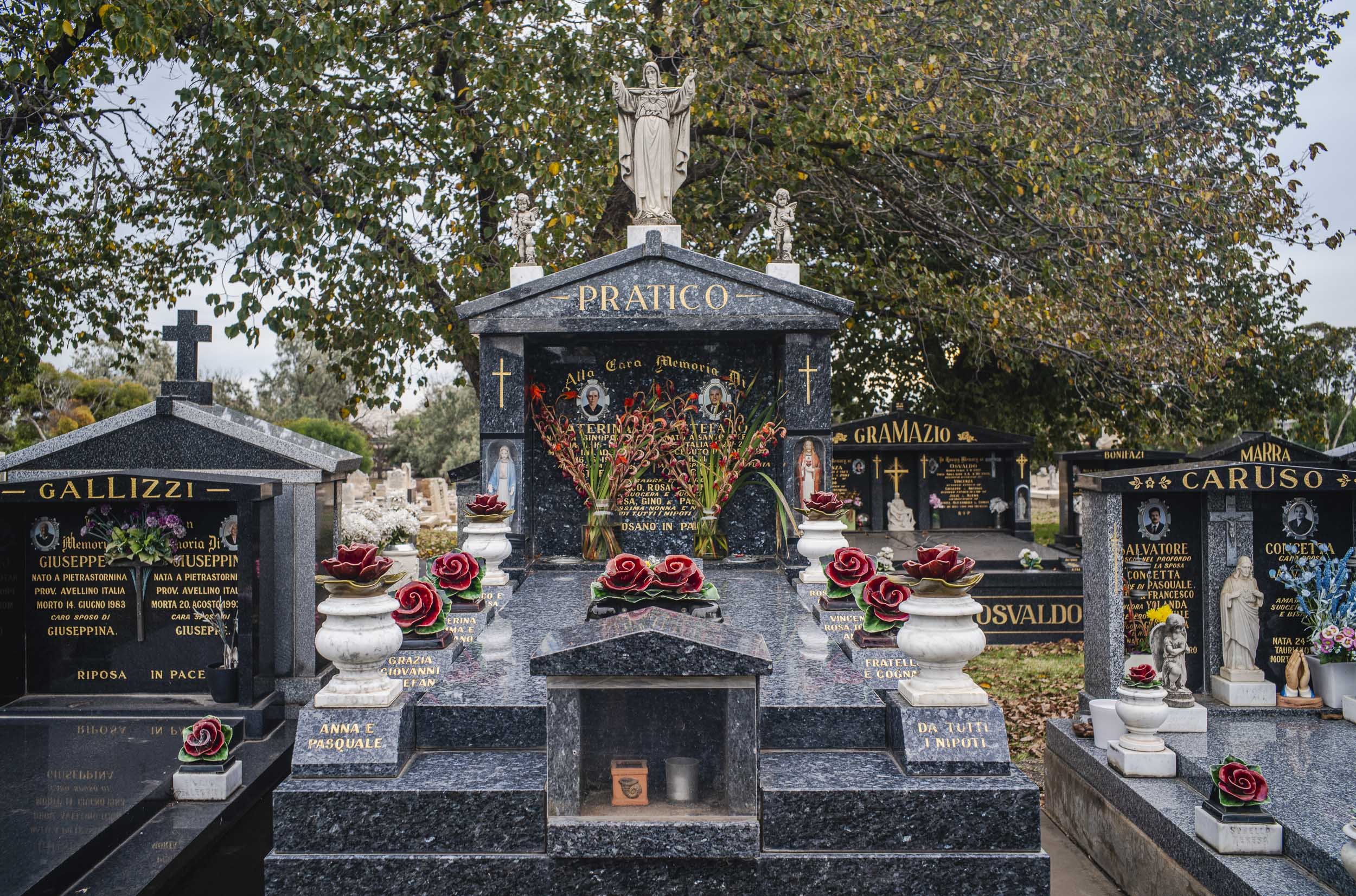West Terrace Cemetery
Fisher 1905, West Terrace Cemetery
I sometimes walked around the West Terrace Cemetery with the standard poodles on our afternoon walks. The cemetery is adjacent to the Wirrarninthi wetlands and interpretive trail which includes various bronze animal statues by Silvio Apponyi. and is located in the south-western corner of the parklands ‘on the flank of the CBD. ’ We would walk around the wetlands section of the park before we entered and walked around the cemetery with its stony soil, mottled headstones and low iron fences; ant is mixture of trees such as the tall thin palms, olive trees, tamarisk trees, quandongs and eucalypts.
It is very historical place that offers an insight into Adelaide’s history and culture. It follows the European tradition of dividing burials by religious denomination, and specific, independent sections were created. The Jewish, Catholic, Anglican and Quaker ones are eparated from the general cemetery, whilst smaller non-independent faith specific sections are set aside within the general cemetery for Muslims and Druzes. There is also a designated section for a Military Cemetery.The cemetery suggests that the people in early Adelaide were more multicultural than its official Anglo-Saxon culture.
What is notable as you walk around is the deliberate vandalism that has occurred, damaging tombs and headstones. It appears to be random vandalism than one directed at specific faiths. The cemetery suggests that Adelaide is more multicultural than its official Anglo-Saxon culture. A sad aspect is the numerous headstones detailing the death of babies and young children.
It is not just the predominance of a Christian culture with its mythology of heaven, God and angels. The large, marble headstones and figurines have been superseded by sleek, glass plates, ceramic photos and granite headstones by the Italians and Greeks. Some of these are quite oversized.
The cemetery for the poodles was all about the rats that lived there within the holes of the fallen in graves. So I looked at the history whilst they looked for rats.


